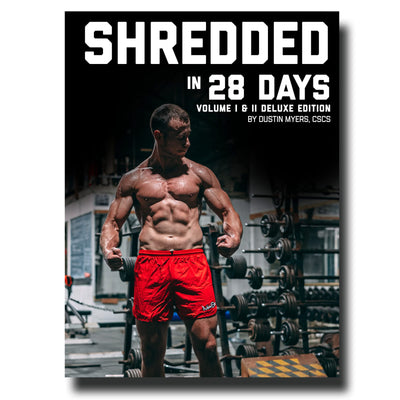Understanding Energy Systems: Part 1 - Work to Rest Ratios
Understanding Energy Systems: Part 1 - Work to Rest Ratios
One of the my favorite workouts is just some good old fashioned conditioning work. Just run, get on an air dyne or push a sled as fast as I can, as far as I can, over and over until I can’t stand up. Seems simple, right? Not so fast.
In a sport such as wrestling where success relies heavily on being the better conditioned athlete, many coaches still lack an understanding of how to properly train to improve their conditioning. What they are doing is just as important as how they do it. The speed, duration and rest periods during cardio training should vary based on the purpose of the training. Are you trying to get faster? Stronger? In “shape”? Before I break down what type work you want to use based on the training goal of that particular training session, let’s first get a brief understanding of the body’s energy systems.
All exercise modalities can fall under what is known as aerobic or anaerobic. To put it simply, aerobic exercise uses oxygen for fueling type 1 (strong, slow twitch) muscle fibers, while anaerobic muscle contractions of type 2 (explosive, fast twitch) muscle is fueled by energy sources stored in the body and is not dependent on the oxygen we breathe. Aerobic exercise is of a lower intensity and a long duration, whereas anaerobic exercise is shorter and of a higher intensity. In order to fuel these different types of activity, our body runs three different energy systems. The first system to engage is the creatine-phosphogen system and covers roughly the first 10 seconds of intense activity (picture a heavy set of 3 squats, a double leg or a short sprint) and is anaerobic in nature. The second energy system to engage is glycolysis, which is also anaerobic and will cover roughly the first 3 minutes of activity. The final system that allows you to go beyond 3 minutes of work is the oxidative system which is aerobic in nature.
Ok…so what does that mean, how does it relate to wrestling, and how can you use that information to program your conditioning? Well for starters, wrestling is a sport that requires all 3 of these systems to perform optimally. A wrestler must be able to explode in short busts (takedown) maintain a high work rate (the hand fight and ensuing scramble) and have the underlying aerobic fitness to recover between bursts and explode again when necessary. The most important thing to understand is that although all 3 of these systems overlap, and most training based activity stresses each energy system in some way (just as wrestling itself does), you must manipulate two variables to tax a specific system: work to rest intervals and intensity. The long and short of it is the more intense the exercise, the longer the recovery needs to be. Makes sense, right? Check out this chart for optimal work to rest ratios:

Keep your eyes out for Part 2 next week...
Need help planning your team's strength training?
Let Coach Myers take all of the guess work out of the process.
Click HERE



Leave a comment